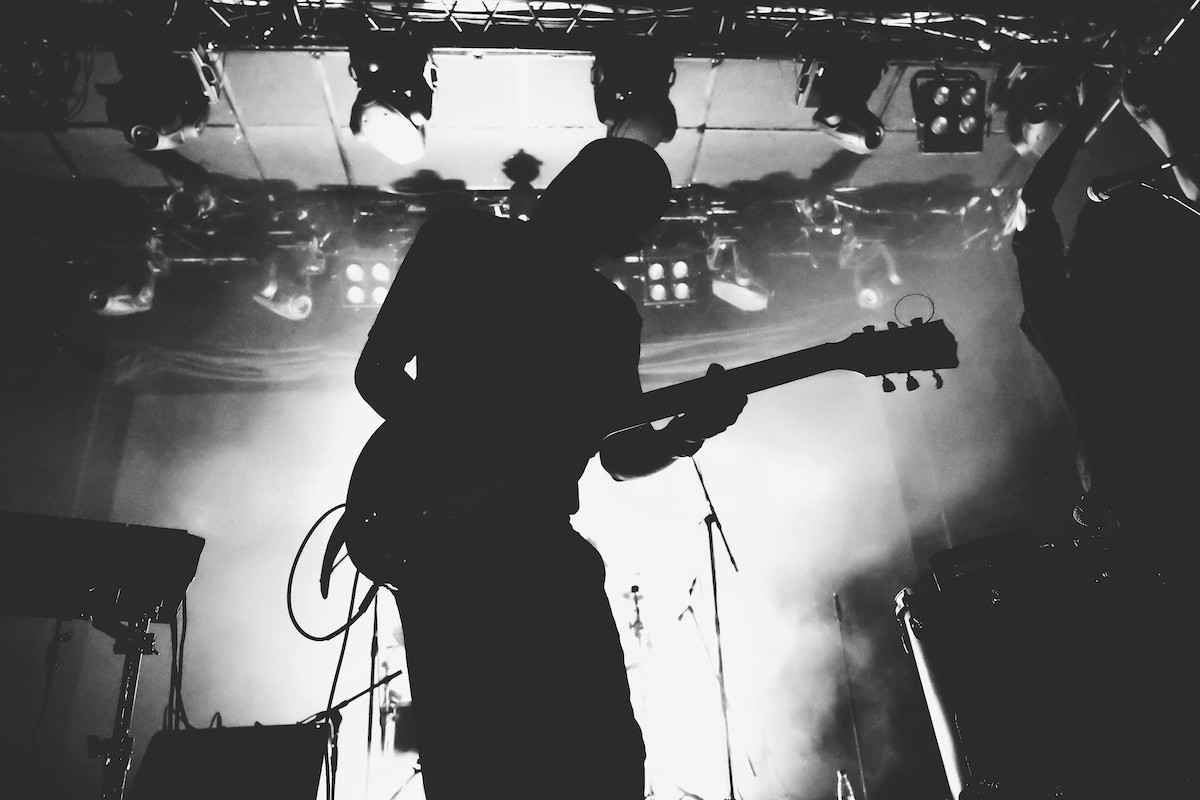Post-Punk Music Guide: History and Sounds of Post-Punk
Written by MasterClass
Last updated: Jun 7, 2021 • 4 min read
Many rock bands in the 1980s and 1990s got their start in punk rock. As these musicians became more adventurous, they helped create a broad genre known as post-punk.
Learn From the Best
What Is Post-Punk Music?
Post-punk music is an offshoot of punk rock that embraces greater ambition in terms of harmony, melody, rhythm, and lyrical content while retaining punk energy and urgency. Prominent post-punk bands such as Gang of Four, Wire, Joy Division, The Smiths, Echo & the Bunnymen, Sonic Youth, and Fugazi helped set the stage for the alternative rock explosion of the 1990s.
The post-punk movement closely overlaps with new wave music. While the new wave genre is more closely linked to popular bands like Talking Heads, New Order, Depeche Mode, and Duran Duran, it shared many musicians with the post-punk scene. For instance, Joy Division is often referred to as post-punk, but following the death of singer Ian Curtis, the remaining musicians carried on as New Order, which is widely considered a new wave group. Due to the close relationship between genres, post-punk is sometimes referred to as "no wave" music.
A Short History of Post-Punk
The post-punk scene arose from punk rock. Many post-punk musicians grew up as fans of bands like the Sex Pistols, the Ramones, New York Dolls, and Minor Threat. In some cases, they were actual members of these bands, such as Public Image Ltd frontman John Lydon, who is perhaps better known as Johnny Rotten of The Sex Pistols.
- Post-punk spread: Post-punk music spread throughout the English-speaking world between the late '70s and the mid '90s. Major geographic hubs included New York, Washington, Boston, and Chicago, and the English cities of London, Manchester, and Leeds.
- Slight shift from punk: Some post-punks made only a slight departure from the raucous sounds of punk rock. Art rock-influenced groups like The Slits, Pere Ubu, and The Raincoats often sounded on the brink of collapse. Similar groups like The Birthday Party and The Stooges also brought a heaviness, courtesy of respective singers Nick Cave and Iggy Pop.
- Modernization: Other post-punk groups modernized for the 1980s, incorporating new technology, atmospheric layering, and pop hooks. Such groups included synth-pop acts like Duran Duran, Depeche Mode, and New Order.
- Adding rhythm: Yet another branch of post-punk made rhythm a core part of their identity. Bands influenced by dub and reggae included The Police and the Talking Heads, as well as electronic music pioneers in the Krautrock scene, such as Tangerine Dream, Kraftwerk, and Neu!
- A sophisticated sound: The post-punk era continued well into the 1990s and beyond, as groups like Fugazi, Girls Against Boys, Superchunk, Sonic Youth, The Fall, and many more combined punk's DIY spirit with increased musical sophistication and a subtle knack for pop hooks.
7 Characteristics of Post-Punk
Post-punk is an expansive genre, and different branches contain idiomatic characteristics.
- 1. Direct punk influence: Many post-punk groups retain the vast majority of the punk ethos and raw power. Groups like Killing Joke, Mission of Burma, and The Birthday Party can sound as intense as standard punk bands.
- 2. Appreciation for art rock: A large number of post-punks came of age via the psychedelic and avant-garde flirtations of 1970s acts like The Velvet Underground, Throbbing Gristle, David Bowie, and Brian Eno. Pere Ubu, Devo, Bauhaus, and The Raincoats carried on the experimental spirit of these musicians.
- 3. Embrace of synthesizers: Some post-punk hinges entirely around guitars. Other post-punk acts readily incorporated synthesizer technology, including Depeche Mode and goth rockers The Cure.
- 4. Jangly guitars: Post-punks who resisted synthesizers were likely to embrace trebly guitars that produced a Byrds-style "jangle." Such groups included R.E.M., Orange Juice, and The dB’s.
- 5. Pop hooks: In many cases, punk rockers resisted commercial success at every turn. Many post-punks were far more open to such success and even actively chased it. The pop hooks of Siouxsie and the Banshees, Buzzcocks, R.E.M., Pixies, and Talking Heads differed from the traditional punk era.
- 6. "Angular" sounds: Post-punk groups like Wire, Gang of Four, and Fugazi were described as "angular." This appears to refer to their treble-focused guitar amps with minimal reverb, and their choice of guitar riffs and chord progressions that steered clear of the folk music that defined much of early rock 'n' roll. This aural sensation would carry on to more contemporary post-punk bands, like Interpol and The Knife.
- 7. Strong support from music journalists: Unlike other 1980s genres, such as dance pop and hair metal, post-punk received steady praise from music critics. Outlets supported post-punk records like Wire's 154, PiL's Metal Box, Gang of Four's Entertainment!, and Joy Division's Unknown Pleasures. Groups like the new wave Talking Heads, the gothic rock combo The Cure, and iconoclasts Fugazi were also commended.
Want to Learn More About Music?
Become a better musician with the MasterClass Annual Membership. Gain access to exclusive video lessons taught by the world’s best, including St. Vincent, Christina Aguilera, Sheila E., Timbaland, Itzhak Perlman, Tom Morello, and more.
